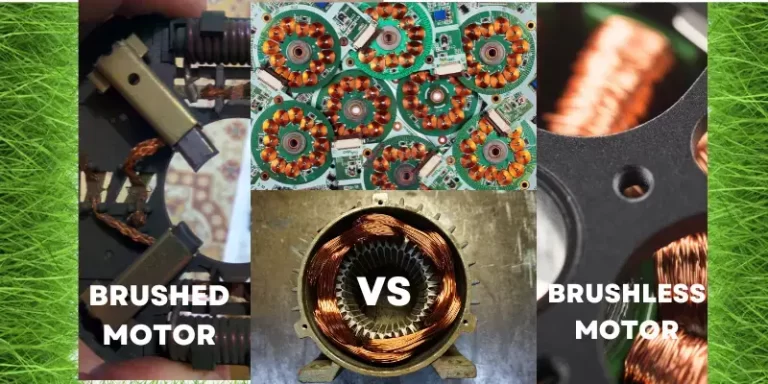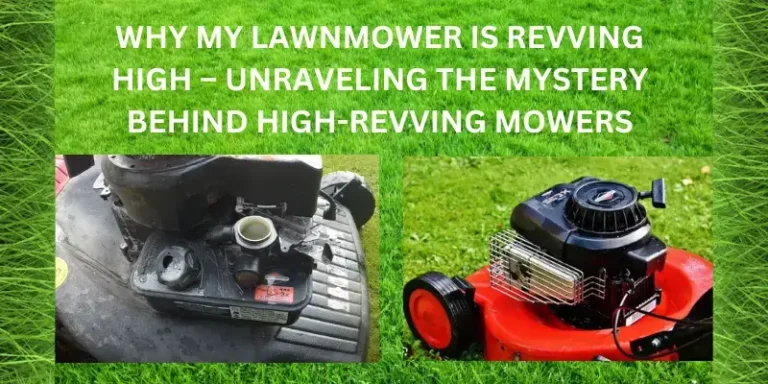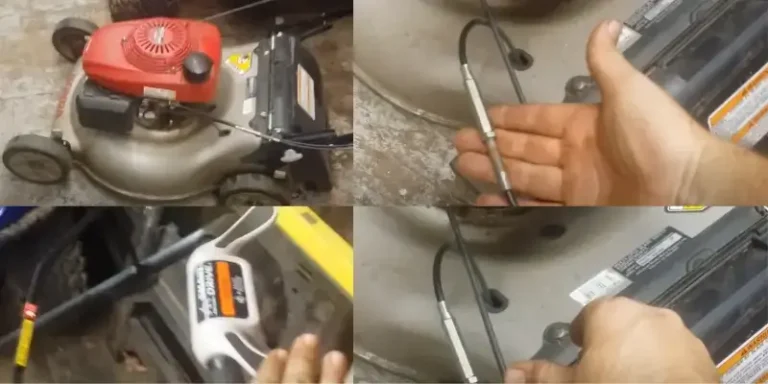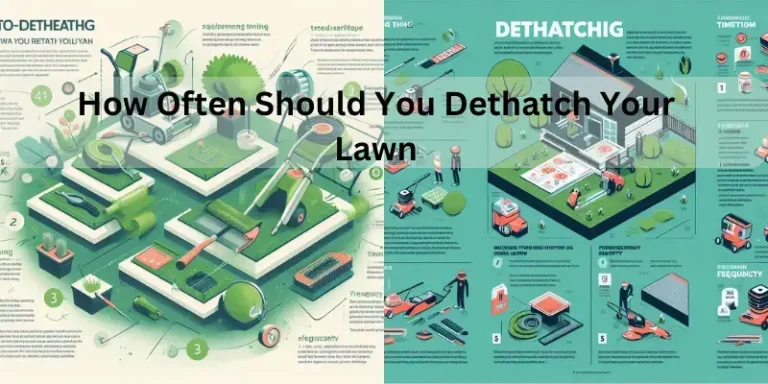Troubleshooting Common Problems and Solutions for Briggs & Stratton Intek V-Twin Engine
Briggs & Stratton Intek V-Twin engines are renowned for their reliability and performance in powering a wide range of lawn care and power equipment. However, like any machinery, they can encounter issues that may hinder their operation. In this article, the most common problems that owners of Intek V-Twin engines may face and provide solutions to help keep your equipment running smoothly.
Overview of Common Problems and Solutions for Briggs & Stratton Intek V-Twin Engine
| Problem | Symptoms | Solution |
| Engine won’t start | Refuses to turn over | Inspect and replace or clean spark plug, carburetor, and fuel filter. Ensure the battery is charged and the recoil starter is not damaged. |
| Rough running engine | Runs unevenly | Inspect engine for loose, damaged, or clogged components. Clean or replace as needed. Ensure spark plug wires are securely connected. |
| Overheating engine | Runs hot | Check and clean the cooling fan and air filter. Ensure oil level is adequate and change it at recommended intervals. |
| Oil leaks | Oil seeping from engine | Inspect engine for damaged gaskets, seals, or oil filter. Replace faulty components to prevent further leakage. |
| Engine stalling | Stalls suddenly | Inspect and clean fuel filter and carburetor. Ensure the spark plug is in good condition and the battery is charged. Replace or clean components as required. |
| Excessive smoke | Smoke coming from engine | Check fuel-to-oil ratio, adjust spark plug gap, and clean or replace the air filter. Inspect fuel line, pump, and carburetor for problems. |
| Excessive vibration | Unbalanced flywheel or loose mounting bolts | Balance the flywheel or replace it if necessary. Tighten all mounting bolts securely. |
Engine Won’t Start
Symptoms:
When you try to start your engine, it refuses to turn over. This could be due to issues with fuel, spark, air, spark plug, carburetor, battery, or recoil starter.
Solution:
Begin by inspecting the spark plug for wear or fouling, replacing or cleaning it if necessary. Check the fuel supply and make sure the carburetor is clean and well-adjusted. Ensure the battery is charged and in good condition, and inspect the recoil starter for damage or blockages.
Rough Running Engine
Symptoms:
The engine may run unevenly, often caused by dirt, debris, clogged fuel lines, loose or damaged spark plug wires.
Solution:
Inspect the engine for any loose, damaged, or clogged components, and clean or replace them as needed. Make sure the spark plug wires are securely connected.
Overheating Engine
Symptoms:
If your engine is overheating, it could be due to issues related to maintenance, such as a dirty cooling fan, low oil level, or a clogged air filter.
Solution:
Regularly check and clean the cooling fan and the air filter. Ensure the oil level is adequate and change it at the recommended intervals. Proper maintenance will help prevent overheating.
Oil Leaks
Symptoms:
Oil leaks can occur due to gasket or seal damage or problems with the crankshaft or oil filter.
Solution:
Inspect the engine thoroughly to identify the source of the leak. If it’s a gasket, seal, or oil filter issue, replace the faulty component to prevent further leakage.
Excessive Vibration
Symptoms:
Excessive vibration is often the result of an unbalanced flywheel or loose mounting bolts.
Solution:
Balance the flywheel or replace it if necessary. Tighten all mounting bolts securely to reduce vibrations and prevent potential damage to engine components.
Engine Stalling
Symptoms:
Stalling issues may be caused by problems with the fuel filter, spark plug, carburetor, or battery.
Solution:
Inspect and clean the fuel filter and carburetor. Ensure the spark plug is in good condition and the battery is charged. Replace or clean components as required.
Excessive Smoke
Symptoms:
If you notice excessive smoke, it could be related to fuel-to-oil ratio, spark plug gap, air filter, fuel line, pump, or carburetor issues.
Solution:
Check the fuel-to-oil ratio, adjust the spark plug gap, and clean or replace the air filter. Inspect the fuel line, pump, and carburetor for any problems, and address them as needed.
Related Post: How to Put a Zero-Turn Mower in Neutral Mode
Regular Maintenance and Care
Preventive maintenance is key to keeping your Briggs & Stratton Intek V-Twin engine running smoothly. Regularly inspect the engine components, clean or replace the air filter as needed, and keep the cooling system free of dirt and debris. Ensure you change the oil according to the manufacturer’s recommendations, as fresh oil is essential for optimal engine performance and longevity.
Recommended Oil Change Frequency:
Changing the oil is a crucial aspect of engine maintenance. The recommended oil change frequency may vary depending on your engine’s usage and conditions, so it’s important to consult the engine’s manual for guidance. Typically, oil changes are recommended after every 25 hours of operation, but this can vary. Clean oil ensures proper lubrication and helps prevent overheating, which is a common issue in these engines.
Fuel Quality and Storage:
Another critical factor is the quality of the fuel you use. Always use fresh, clean, and ethanol-free gasoline, as old or contaminated fuel can lead to carburetor and combustion problems. If you plan to store your equipment for an extended period, consider using a fuel stabilizer to prevent fuel degradation and gumming in the carburetor.
Professional Servicing:
While many issues can be addressed by owners, some problems may require the expertise of a professional. If you encounter a problem that you cannot diagnose or repair on your own, or if your engine is under warranty, don’t hesitate to seek the assistance of a Briggs & Stratton service center. Trained technicians can diagnose and fix more complex issues, ensuring the engine continues to perform optimally.
Frequently Asked Questions (FAQs)
How do you troubleshoot a Briggs and Stratton engine?
Check the spark plug, fuel, and air filter. Clean or replace as needed to ensure proper functioning.
How many hours will a Briggs and Stratton Intek engine last?
Proper maintenance can last between 1,000 to 1,500 hours of use, ensuring durability over time.
How do you troubleshoot an engine problem?
Inspect the spark plug, fuel, and air filter. If necessary, clean or replace parts to address any issues.
Why is my Briggs & Stratton engine hard to start?
Possible issues include a dirty spark plug, old fuel, or carburetor problems, which can hinder starting.
How do you adjust the governor on a Briggs and Stratton engine?
Simply loosen the nut on the governor’s arm and adjust it to the desired speed for optimal performance.
What country are Briggs & Stratton engines made in?
They are proudly manufactured in the United States, ensuring quality and reliability.
What is the best fuel for a Briggs and Stratton lawn mower?
Using unleaded gasoline with an octane rating of at least 87 ensures smooth operation and longevity for your mower.
Conclusion
Briggs & Stratton Intek V-Twin engines are known for their reliability, but even the best engines can encounter problems over time. By following the solutions provided in this article and adhering to a regular maintenance schedule, you can ensure that your engine remains in top-notch condition, providing reliable power for your lawn care and power equipment. With proper care and attention, you can enjoy the benefits of a well-maintained Briggs & Stratton Intek V-Twin engine for years to come. Remember that the key to a trouble-free experience is a combination of preventive care, proper fuel management, and timely troubleshooting when issues arise.

About Naveed A Hashmi
In my childhood, I used to see my parents while working in the land, for these reasons today I have been serving the same as our own tradition and culture. I thus love to stay in it, because I want to learn something advanced and new so that I may improve my farm’s contour and help others with my experience.







